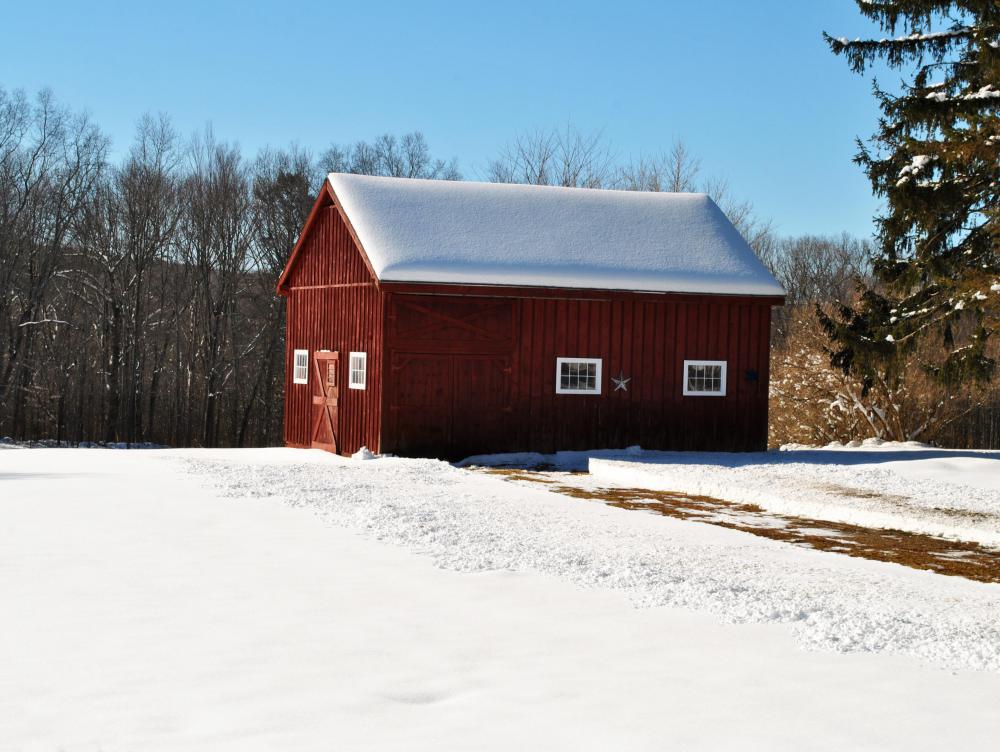At WiseGEEK, we're committed to delivering accurate, trustworthy information. Our expert-authored content is rigorously fact-checked and sourced from credible authorities. Discover how we uphold the highest standards in providing you with reliable knowledge.
What is Wide Plank Flooring?
In 1376, John of Gaunt paid a princely sum to have an oak floor laid in his favorite castle, Kenilworth, "for dancing at the New Year." The floor would have been constructed from thick planks, cut from large old-growth trees and hand-planed to a smooth surface. The wide plank flooring installed in homes and public buildings in the centuries since then has shared those characteristics and the accompanying beauty and durability.
These planks are as wide as the trees from which they were cut. The narrowest are at least six inches (15.24 cm) wide, and they are often much wider. Today, old growth forests are rare, and trees large enough to be used for wide plank flooring are also rare. New planks are sometimes available from specialist suppliers, but their limited availability makes new wide plank flooring very expensive.

Today, salvaged boards are often used to make wide plank flooring. The planks come from older floors, or old buildings such as barns, factories, or warehouses. Many companies offer salvaged and restored planks in a variety of woods. Oak and heart pine are highly desired for both new construction and renovation, but hemlock, ash, elm, maple, beech, and oak are also salvaged for wide plank flooring. These planks are usually dried in kilns and may be cut to standard sizes before installation.

These planks have great individuality. The color and grain pattern of the original wood is emphasized by the width of the planks, and old scars and nail holes only increase the aged and rustic appearance. The best planks are still hand planed, resulting in irregularities in the surface. Freshly milled wide plank flooring is often distressed to give a similar appearance.
Traditional wide plank flooring is laid with gaps between the floorboards to allow for expansion and contraction of the planks as the temperature and humidity in the room change. Traditionally, the gaps were filled with rope dyed to match the color of the wood. Gaps between the floor and the wall were covered by baseboards.
Because wide plank flooring is so beautiful, it is now available in various kinds of engineered flooring. Typically, a veneer of the chosen hardwood is laminated to a substrate. Often laminate wide plank flooring is sold pre-finished, to increase the durability of the veneer. They are installed and cared for the same way as other laminate floors.
AS FEATURED ON:
AS FEATURED ON:












Discuss this Article
Post your comments